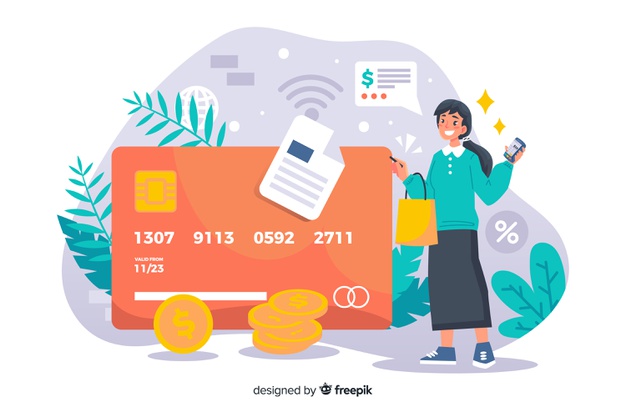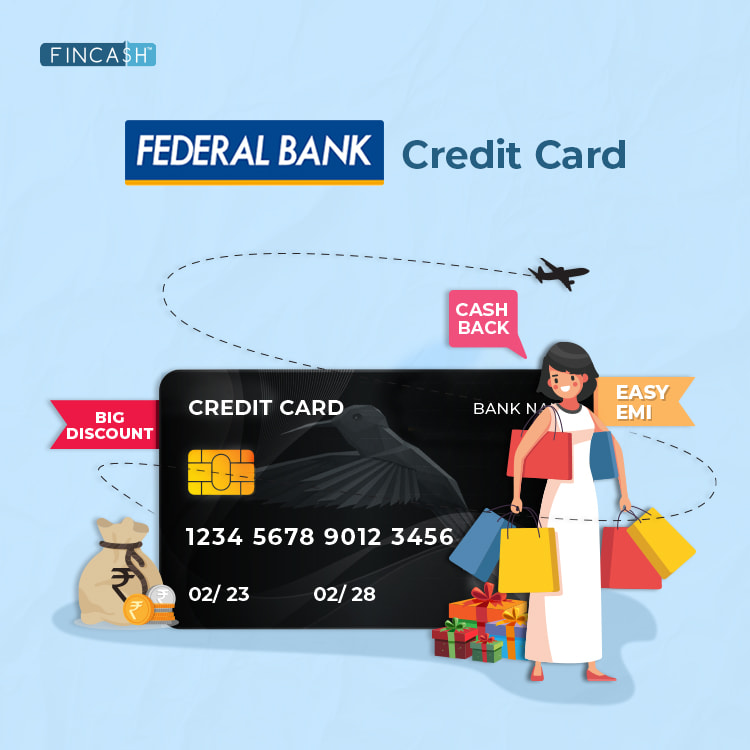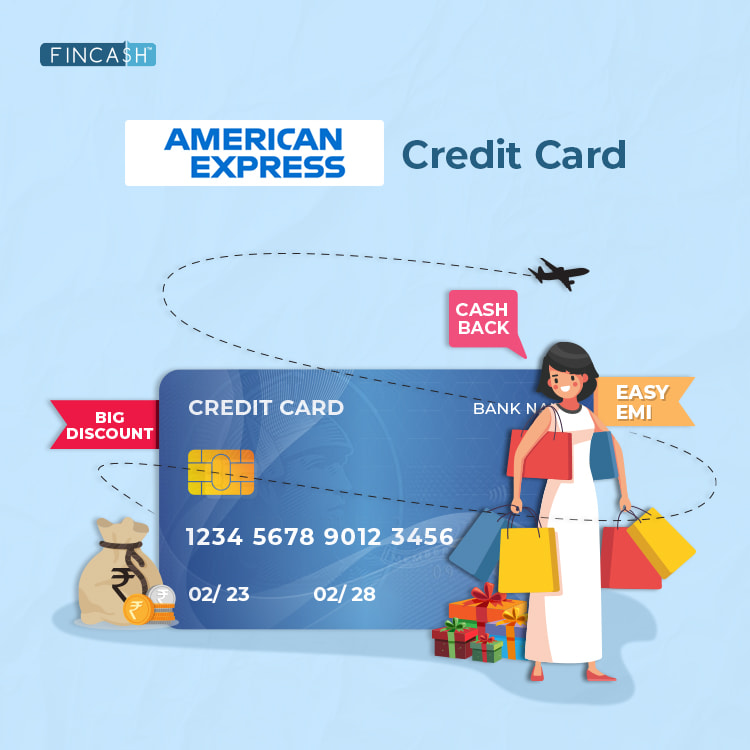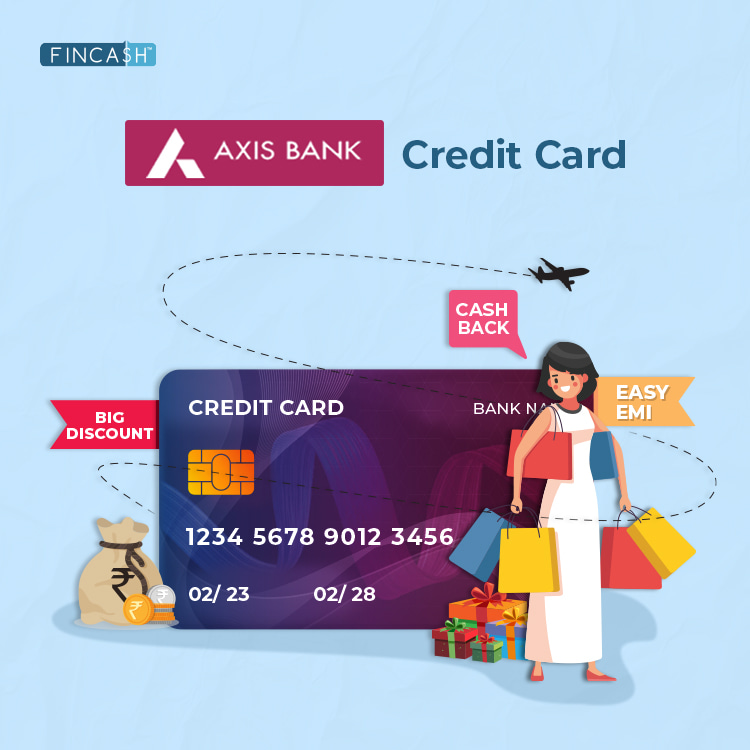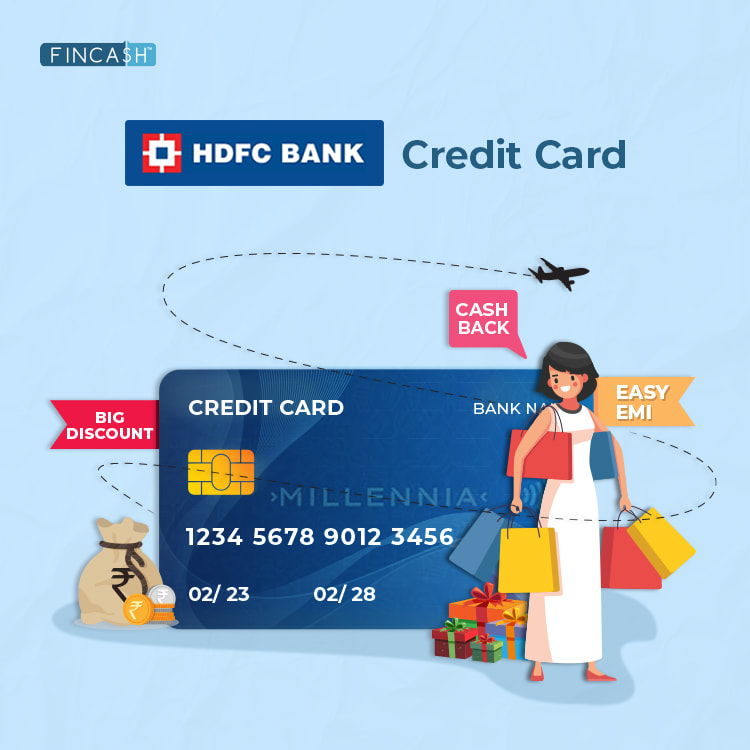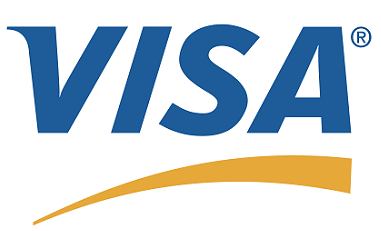
Table of Contents
How to Check Your Credit Card Statement?
Millennials and Gen Zs are tech-savvy consumers. The internet, smartphones, social media, and other virtual technologies have changed lives and how money is managed. One such example is a credit card. This plastic product has transformed the way of handling personal finances. Many people widely use credit cards as a handy tool to make purchases or take out cash in emergencies. However, not everybody is wary of diverse aspects related to this card. If you are a credit card user, you must know how to check the statement in case of suspicious activity or mistakes on your bill. Checking your bill regularly can prevent Financial Stress in the future.
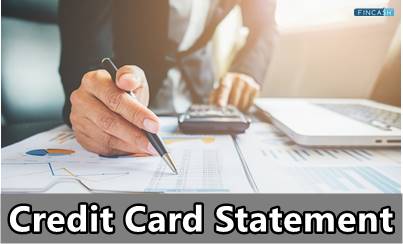
Keeping a tab on your credit card statement is necessary if you want to prevent fraud and save your Credit Score from taking a hit. In this article, let's find out how to check your credit card statement without any major hassles.
What is a Credit Card Statement?
A credit card statement, also known as a CC statement, is a billing document issued regularly and contains a record of all the payments, purchases, credits, and debits made with or towards the card. The nature of credit card statements is lengthy due to the volume of information they carry. You should carefully review all the information on the statement since it will help you track how you use the credit card. Such a statement can also give you insight into the type of debt you may have in addition to your credit score.
Components of a Credit Card Statement
A credit card statement contains several terms, each of which denotes a different notion. Here are the key elements of a credit card statement:
1. Billing cycle
Your credit card's Billing cycle is the interval between two billing dates. For instance, it is the time frame between when your prior statement was created, say on April 1, and your subsequent bill was generated, say on May 1. When you receive your credit card, the Bank typically sets the billing cycle dates. However, you can request a change in your billing cycle by writing or calling your bank.
2. Transaction history
This is a thorough account of every transaction performed with the credit card. It is a detailed account that is available at all times. The bank keeps a record of cardholders' past transactions and makes it accessible through its net banking service.
Get Best Cards Online
3. Credit limit
A Credit Limit is the maximum sum you can borrow using a credit card. The firms establish a predetermined credit limit based on the critical information submitted to them throughout the credit card application process. The limit becomes unavailable for the time you don't pay the entire amount back. It becomes available while you make timely payments. However, this limit can decrease if you don't make timely payments.
4. Minimum due
If you cannot pay the full amount owed on your credit card, this is the least amount you are obligated to pay. A late payment fee that the issuer could assess must be paid to avoid this.
5. Existing outstanding balance
Current outstanding meaning of a credit card is the entire amount you owe to your credit card at a given time. An overdue balance is determined for the most recent billing cycle (the period after the last bill generation). It also includes ongoing loan payments, revolving credit (any outstanding balance from previous billing cycles), interest, and any Taxes.
6. Payment due date
In the event that you have a balance due on your card, you will need to make a monthly payment to pay it off. Every payment made in this respect must be completed by a specific deadline that is established in advance by the credit card provider.
7. Rewards and offers
When using a credit card, you can also earn reward points that can be redeemed for enticing items from the bank's rewards catalogue. A portion of credit card bills often includes information regarding continuing benefits that you can use. This is the most frequent method through which banks notify their clients to enhance and reward their buying experience.
How to Check Credit Card Statements?
Statements for credit cards can be accessed offline or online. The steps are discussed below:
1. Through Online Mode
Basically, you can get your statement in 2 ways. These ways are as follows:
Receiving statement in your e-mail inbox
If you register your email ID with the bank and choose the credit card e-statement option, your bank will email you a Credit Card Bill statement on each billing date. This will be a password-protected PDF. You will have to simply download the statement, enter the password (which will be available in the email itself), and view the document.
Accessing statement on the bank's official website
By going onto your bank's official website, you can check your online credit card statement. However, keep in mind that you can only access this option if you have registered for net banking services. To access the statement, follow the below-mentioned steps:
- Open your bank's official website and use your credentials (username and password) to login
- From the menu, click Credit Cards
- Among various options, you will find Current Statement or Last Statement, choose accordingly
- You will find an option to convert the statement to a PDF and download it; click here
- To view the billing information, enter the password for the credit card statement
2. Through Offline Mode
If you choose an offline statement, the bank will mail a credit card statement to the address on file. A credit card holder's registered postal address receives an offline credit card statement when it becomes available from the bank. As an alternative, you can contact credit card customer service and request a copy of the monthly credit card statement be sent to you.
Ways to Check Credit Card Balance
A credit card balance inquiry can be made in several different ways. Each of these methods, along with the actions to take, are described below:
- Net Banking - You can log in with your credentials via net banking. Navigate to the "My Account" area after logging in and choose "Credit Card Balance" from the list of options
- Monthly Credit Card Statement - Every bank and credit card company delivers monthly credit card statements to their clients via email on users' registered id
- Visit Bank's Branch - Another option for checking your credit card balance is to go to the branch. The bank staff will provide you with all the information regarding your accessible credit card balance
- Customer Service - You can get in touch with the executives of your bank through the customer care hotline and get the required information
- Mobile SMS - If you've signed up for transaction notifications by SMS, your bank will keep reminding you to check your credit card balance whenever you make a purchase using your credit card
- ATM - You can also use an ATM to check the available credit card balance. Simply enter your card and follow the machine's easy instructions
- Mobile App - Using the bank's mobile application is one of the simplest methods to check your statement balance
Method of Calculating Minimum Amount Due
The percentage of the outstanding balance that is used to determine your minimum monthly payment is known as the minimum amount. In India, banks often demand a minimum payment of 5% of the outstanding debt. The same calculation will be used to the minimum amount payable whether you use the EMI Balance Transfer option or convert the purchase to an EMI. For instance, if you spent Rs. 20,000 on a transaction on December 16 and the payment is due on January 16, the minimum amount owed is Rs. 1000 (5% of Rs. 20,000).
Look for Possible Errors in the Statement
In case of possible errors on the statement, such as inaccurate sums or transactions you did not initiate, you must inform the bank right away. Here are some solutions you may use to correct problems with your credit card statement:
- To report an error on your credit card statement to the appropriate authorities, contact the bank via the credit card customer service number, through email, or in person at a bank office
- You can speak with the merchant directly to ask for the error to be corrected in the event of improper billing or the card being swiped twice and charged twice. You wouldn't need to involve the bank authorities if the issue was fixed
- Your documents must be updated and ready to support your claim. To demonstrate that the credit card statement is inaccurate, you would need to present the receipts or records as proof
Conclusion
The best method to avoid the pitfalls of having a credit card is to keep an eye on the balance due on your card on a frequent Basis. It assists in making on-time payments for any credit card balance. It enables you to successfully manage your forthcoming funds because you are aware of your credit limit. Additionally, it lets you monitor potentially fraudulent or questionable credit card transactions.
All efforts have been made to ensure the information provided here is accurate. However, no guarantees are made regarding correctness of data. Please verify with scheme information document before making any investment.
